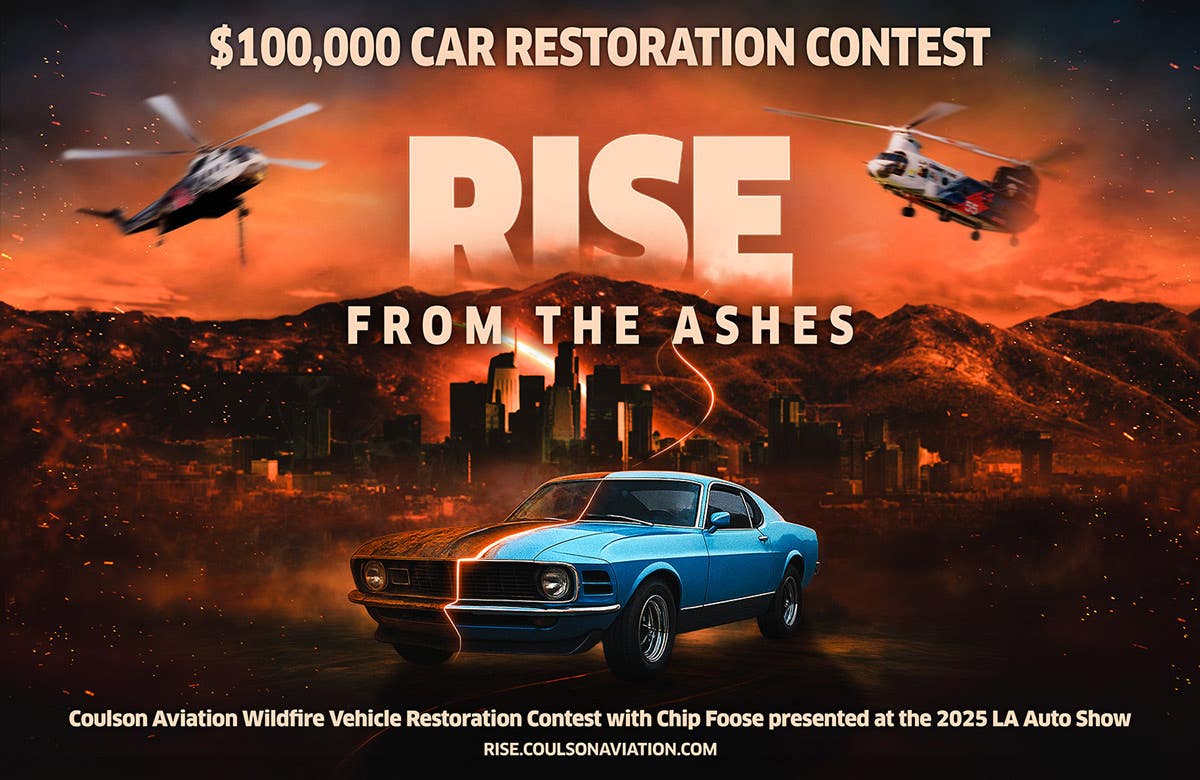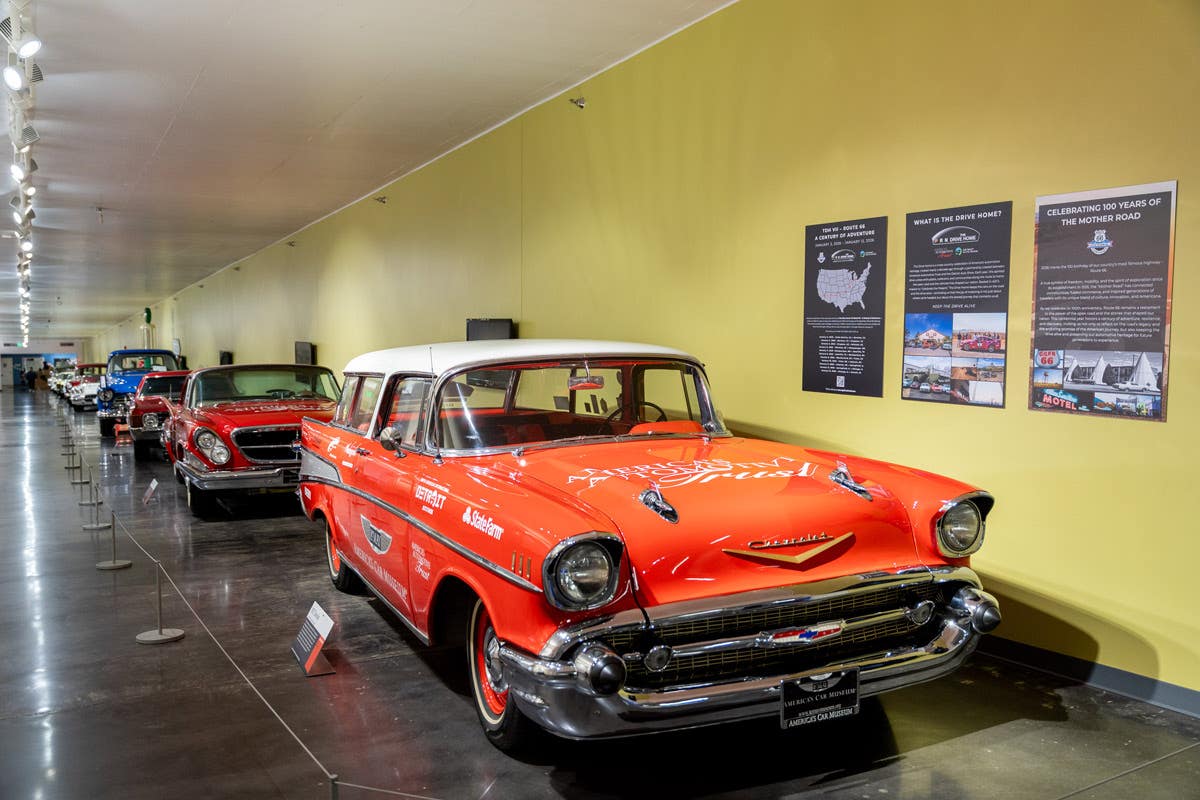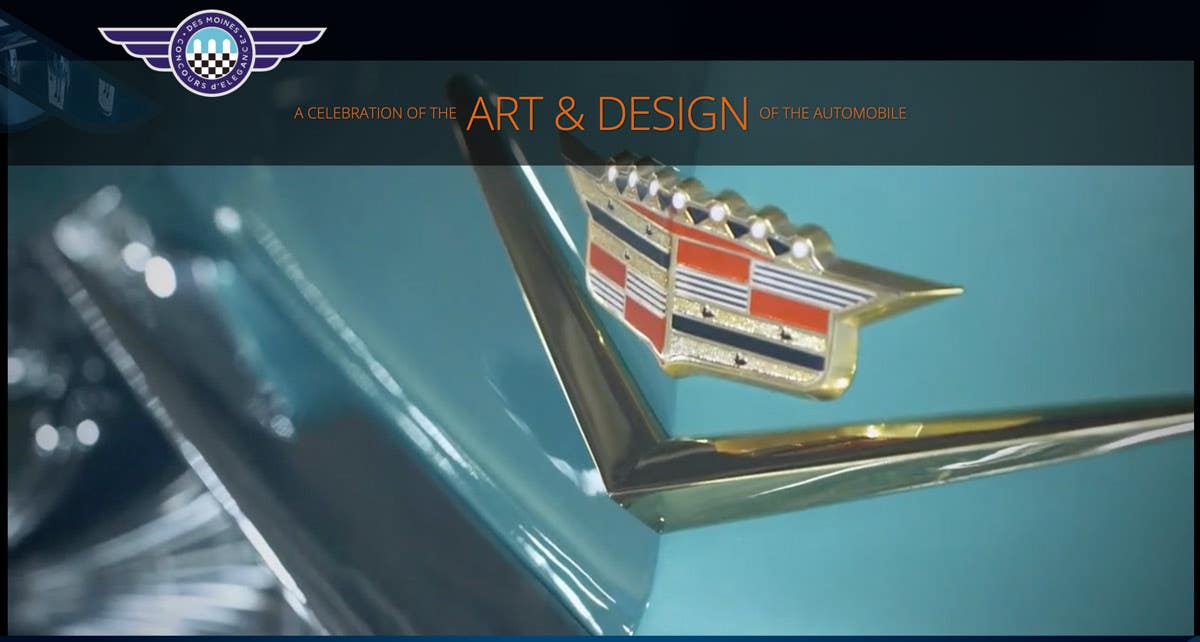Patriarch of Drag Racing Dies at Age 94
Wally Parks, the driving force behind the formation of NHRA, has died at the age of 94. It was Parks’ vision, goals and unconditional commitment to the need for speed and side-by-side racing in a safer, more controlled environment that created what is today the world’s largest motorsports governing body.
GLENDORA, Calif. (Sept. 28, 2007) – Wally Parks, the driving force behind the formation of NHRA, has died at the age of 94. It was Parks’ vision, goals and unconditional commitment to the need for speed and side-by-side racing in a safer, more controlled environment that created what is today the world's largest motorsports governing body.
"Today is a sad day in the world of NHRA and the sport of drag racing," said Tom Compton, president of NHRA. "Words simply can't describe the immeasurable impact Wally has had on the sport he created and the millions of people's lives he touched along the way. The name Wally Parks is synonymous with drag racing, and his vision and direction will guide NHRA for years to come. Everyone in drag racing, and the industries formed to service the sport, will forever be indebted to Wally, his vision, his focus and his desire to create, build and grow NHRA."
Parks, who founded NHRA in 1951, received countless awards in the motorsports world and played a pivotal role in the establishment of an industry devoted to speed and automotive aftermarket parts and accessories that today is a multibillion-dollar business. Yet Parks never implied that he did it all himself. His pride and joy, and where he spent most of his time in recent years while still serving on NHRA's board of directors, was The Wally Parks NHRA Motorsports Museum presented by Automobile Club of Southern California at Fairplex in Pomona, Calif.
Born in Oklahoma and living in Kansas until age 8, Parks and his family then moved to California, where his automotive interests surfaced. In his high school years, he became active in building stripped-down Model-T Fords and Chevy fours for use on the street and in early speed trials conducted on dry lakebeds in the Mojave Desert, north of Los Angeles.
In 1937, Parks took part in the formation of the Southern California Timing Association (SCTA) – an organization focused on conducting land speed record events – serving as one of its officials until World War II began. In 1946, following military service in the South Pacific, Parks was elected president of the reorganized SCTA. In 1947, after 10 years of employment as a road test driver and process engineer for General Motors, Parks left GM to assume a new role as the SCTA’s general manager. It was his concept that produced America’s first Hot Rod Show, presented by the SCTA in 1948 at the Los Angeles Exposition Armory.
In 1948, Parks helped co-publishers Bob Petersen and Bob Lindsay in the introduction of Hot Rod magazine, which became one of the world’s largest-circulation auto-enthusiast publications, and later was named its first editor. In 1949, Parks organized the campaign that led to the opening of Utah’s Bonneville Salt Flats for hot rod speed trials – a still-thriving annual activity.
Details regarding arrangements and planned events will be released at a later date.








